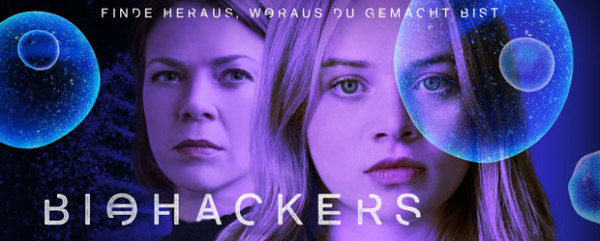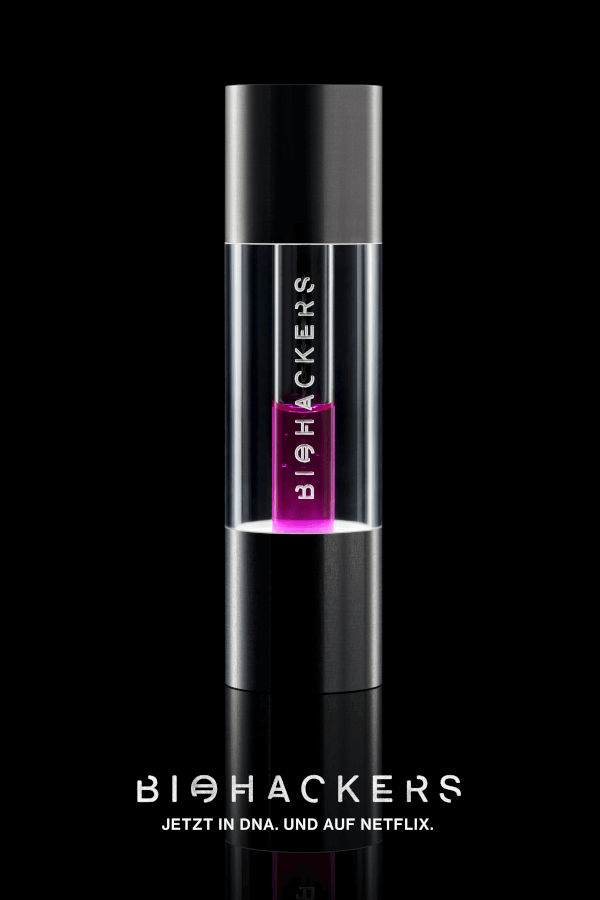[09:55 Thu,20.August 2020 by Thomas Richter] |
For several years now, researchers have been experimenting with  New German Netflix Series Biohackers Theoretically, 200 exabytes (200 million terabytes) or 1 gram of DNA fit 215 petabytes (i.e. 215,000 terabytes) of data into one small cube of DNA. The technology of DNA sequencing and DNA synthesis, which has been increasingly developed in recent years in the context of biotechnology, provides the basis for the DNA storage methods now being developed in the field of information technology. This is how storage in DNA works: Netflix is now demonstrating - appropriately enough with an episode of its new self-produced German science thriller mini-series For storage, the digital data in the video is first translated into the DNA code consisting of the four nucleic bases adenine, guanine, cytosine and thymine and then synthesized into DNA sequences of 150 nucleic bases each. For conservation and stabilization, millions of these DNA sequences are embedded in nanometer-sized glass beads. These beads are placed in a gel-like liquid. One million DNA copies of the first sequence of "Biohackers" are contained in this pink liquid; they should be readable for at least 1,000 years.  In order to view the video encoded in DNA, the DNA sequence has to be translated back into binary information using a sequencer. This technology is not yet suitable for everyday use, but in the future a small sequencer connected to a computer for reading data in the office is conceivable. Then hopefully the reading speed will also be increased - at the moment it takes another three days to read the "Biohackers" sequence. Trailer: deutsche Version dieser Seite: Netflix speichert eine Folge der neuen Serie "Biohackers" auf DNA |





